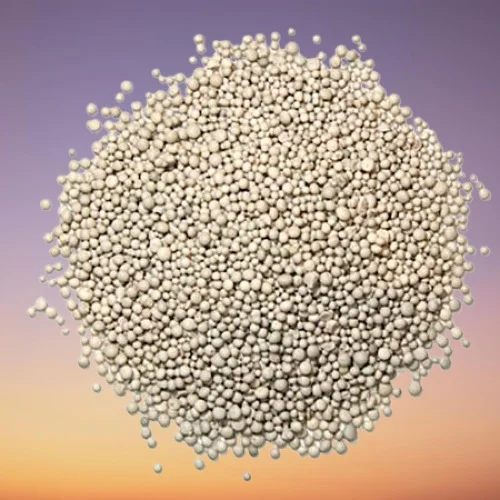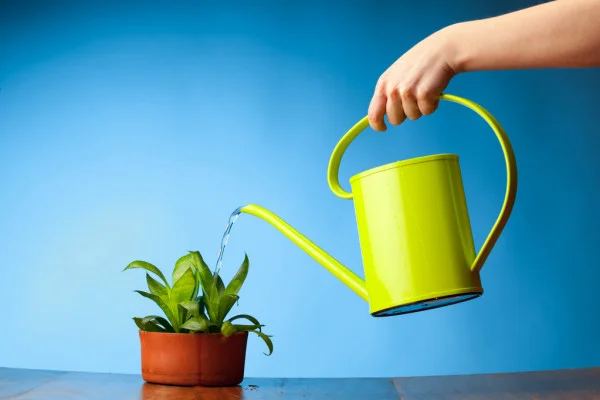How to Feed Houseplants | Houseplants Fertilizers | Plant Foods
Some links in this post may be affiliate links

Feeding houseplants involves providing them with the nutrients they require for growth and good health. Plants will need an adequate supply of the three major nutrients (macro-nutrients) and small amounts of trace elements (micro-nutrients).
These nutrients are required for the various biochemical processes that take place in a plant. If these nutrients are missing or are inadequate, the plant will present with deficiency symptoms (poor growth). An excess of these nutrients will also cause problems for your plants.
The macro-nutrients are needed in relatively large amounts. They include Nitrogen (N), Phosphorous (P), Potassium (K), Calcium (ca), Sulphur (S), Boron (B) and Magnesium (Mg).
The micro-nutrients are needed in small amounts. They include Iron (Fe), Zinc (Zn), Copper (Cu), Manganese (Mn), Chlorine (Cl) and Molybdenum (Mo).
Functions of Macro-nutrients
Macro-nutrients are needed in relatively large amounts and are very vital for the general health of the plant.
We have outlined herebelow the major macro-nutrients and their functions in the plant.
Nitrogen
Nitrogen is the leaf maker. It gives the plant a lush, green foliage and also promotes growth.
Phosphorous
Phosphorous is the root maker. It helps in root development and plant growth.
It also helps in the transfer of energy from sunlight to plants and also to hasten maturity.
Potassium
Potassium is the flower maker. It encourages bud formation and flowering.
Potassium also increases vigour and disease resistance of plants.
Calcium
Calcium is essential for root health, growth of roots and development of leaves.
Magnesium
Magnesium is a key component of chlorophyll (the greening material of plants) which is essential for photosynthesis (plant's food making process).
Sulfur
Sulfur is a constituent of plant proteins and is involved in energy production for plants.
Functions of Micro-nutrients
Micro-nutrients are needed in small amounts but are very important for tvarious functions in the plant. Read on for the functions of the vairious micro-nutrients in the plant.
Manganese
Manganese is necessary for many plant biochemical processes.
Iron
Iron is needed for chlorophyll formation.
Copper
Copper is an essential constituent of plant enzymes.
Zinc
Zinc helps in production of plant hormones necessary for stem elongation and leaf expansion, among many others.
Boron
Boron is a major constituent of plant cell membranes.
Molybdenum
Molybdenum is essential for enzyme synthesis and activity.
Chlorine
Chlorine is required for energy reactions in the plant.
Most plants foods commonly called fertilizers are nearly always compound fertilizers containing Nitrogen, Phosphorous and Potassium.
They come with a label stating the content of each of these elements; if there is no statement for one of them, then it is missing.
The best fertilizers need to be a balanced fertilizer like 20-20-20 for N-P-K. Some contain some micro-nutrients in small quantities. You may purchase plant foods from Amazon Link to Amazon).
Houseplants Feeding Problems
If a plant lacks these nutrients it will develop what are called deficiency symptoms which vary from one houseplant to another. We have outlined herebelow some of the signs of lack of nutients in a plant. Keep reading.
Symptoms (signs) of nutrients deficiency in a houseplant
* Weak stems
* Yellow leaves
* Leaf drop
* Stunted growth
* Small or no flower formation
* Little resistance to pests and diseases
Always be careful when feeding your plants to avoid damaging the plant. It is important to note that fertilizer is not the solution for all plants problems.
If a plant is fed with too much fertilizer, it will exhibits certain signs. We have outlined herebelow some of the signs of too much fertilizer in a plant.
Signs of overfeeding in a houseplant
* The leaves begin to wilt
* Scorched leaf edges
* Crisp brown spots on leaves
* Lanky and weak growth
* White crust on the surface of the soil and on clay pot
The conditions necessary for proper houseplants feeding
Both macro-nutrients and micro-nutrients are obtained by the roots from the soil. To ensure your plant obtains the nutrients from the soil, maintain the following conditions.
1. Ensure that the soil is sufficiently moist to allow the roots to take up and transport the nutrients. In some cases, correcting improper watering can eliminate nutrients deficiency symptoms.
2. Make sure that the PH of the soil is within the required range for your houseplant inorder for nutrients to be released from the soil particles.
3. Maintain the temperature of the soil within the required range for your houseplant for nutrient uptake to occur.
Note: The ideal range of moisture, PH and temperature is different for different plants species.Types of Houseplant Food (Fertilizers)
Houseplants fertilizers (foods) come in many forms and formulations like liquid, granules, wettable powders and other.
1. Slow-release powders and granules
These are deposited on the surface of the soil where they dissolve and get into the soil every time the houseplant is watered.
2. Water soluble fertilizers
They come in the form of liquids, powders or crystals. They are applied by mixing them with water during watering; this saves time by combining two activities to be performed at once.
3. Foliar sprays
These are applied by spraying on the houseplant foliage. Most foliar feeds contain micro-nutrients.
Guidelines on Houseplants Feeding
To ensure that your plant is benefitting from the fertilizers (plant foods) and that you are not harming the plant, the following guidelines need to be considered.
* The most popular method of feeding houseplants is to feed each time you water the plant when the plant is actively growing or is in flower.
The plant will not need feeding during the dormant stage as growth is minimal at this time. Feeding at this time can lead to fertilizer burn and eventual death of the plant.
* The amount of nutrients needed will depend on the size of the plant and the size of the pot.
Generally the larger the plant the more the nutrients required. A large plant, usually in a large pot will require more nutrients than a young plant usually in a small pot.
* Do not feed a new or newly potted plant as the potting soil contains enough nutrients to last the plant for about 2 months after repotting.
Do not gamble, look up your plant's food requirements in this Houseplants A-Z Guide.
You liked it? Share on social media.
Related Content
Amazon Associates Disclosure
Homeplantsguide.com is a participant in the Amazon Services LLC Associates Program, an affiliate advertising program designed to provide a means for sites to earn advertising fees by advertising and linking to amazon.com.


